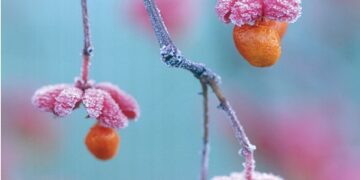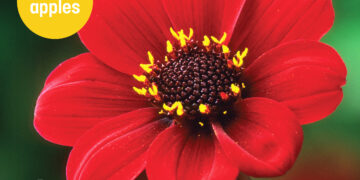No Result
View All Result
Pruning and Training
- Prune raspberry and tayberry canes that have finished fruiting, tying new canes into position. Limit the number to about 10-15 per meter of row.
- Complete any remaining summer pruning of over-vigorous apples and pears, shortening long shoots to finger length.
Sowing and Planting
- Sow vegetables for overwintering, such as lettuce, chard, and spring onions.
- Sow spring cabbage now, or buy plants in September.
- Plant out new strawberry runners while the ground is in good condition. Prepare for planting other fruits later in autumn.
- Plant new fruit trees and bushes, controlling weeds around them for better crop yield.
Harvesting and Using Vegetables
- Watch for sweet corn, parsnips, potatoes, and swede turnips becoming ready to harvest.
- Use vegetables before they go over; consider freezing them or giving surplus away before they become over-mature.
Soil and Weed Management
- After a spell of dry weather, dig over the vegetable ground, removing old crops, or use a no-dig technique by layering well-rotted garden compost on the surface.
- Control weeds over areas that will be dug later, using a hoe, covering with old carpet, or applying suitable weedkillers.
- Do not let weeds go to seed, especially chickweed, to avoid future trouble.
- When lifting potatoes, remove all small ones to prevent them from becoming ‘ground-keepers’ and carrying blight or blackleg disease.
Fruit Tree Care
- Spray apple and pear trees in damper localities or if wet weather persists.
- Prune fruit trees and bushes now, if not done earlier.
Preparing for Autumn and Winter
- Remove old crops when they are finished, making sure not to let weeds get away and go to seed.
- Control all weeds and dig the soil deeply, ensuring that it is a sunny site with deep well-drained soil.
No Result
View All Result











